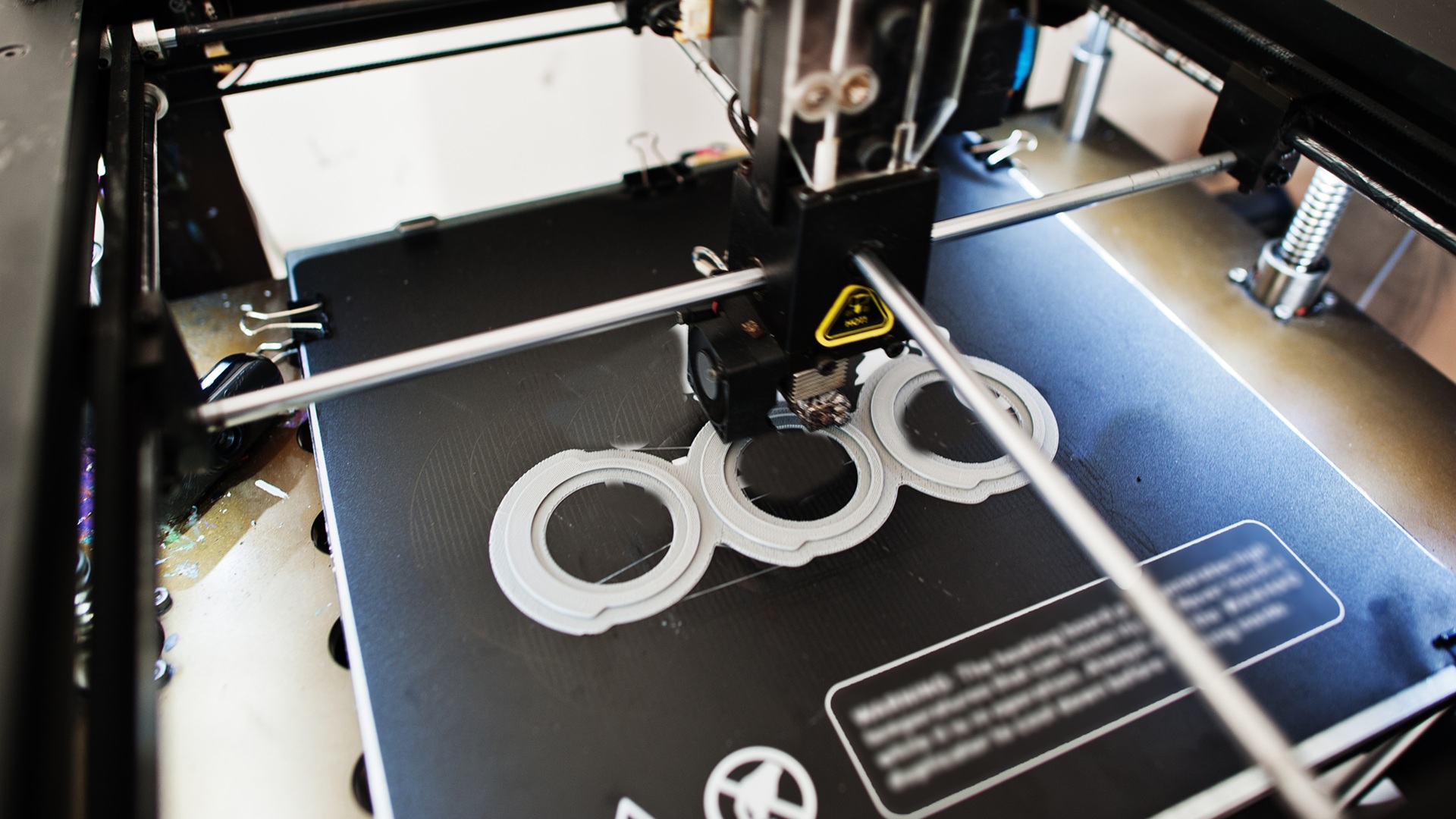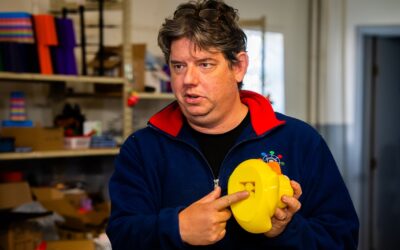Additive manufacturing (AM), also known as 3D printing, is transforming the manufacturing landscape and redefining how products are designed and produced. From universities incorporating design for AM into their curricula to prepare the next generation of engineers, to established manufacturers exploring print-on-demand and small-batch production models, this shift is reshaping how we think about fabrication. As this change takes hold, a fundamental understanding of how material properties evolve through additive processes is essential.
To address these needs, Fraunhofer USA Center Midwest (CMW) has partnered with Michigan State University (MSU). Since 2003, Fraunhofer USA CMW—a 501(c)(3) organization—has collaborated closely with MSU on applied research and development projects across CMW’s core competencies, supporting both government- and industry-sponsored initiatives. AM is a key area of focus, and together we have developed new analytical tools for applications ranging from biomedical implants and material characterization to metallic components for electric motors.
With support from a U.S. NIH grant and in collaboration with Erik Shapiro, associate chair of research and professor and Kendell Pawelec, assistant professor in the Department of Radiology at MSU, we are advancing novel 3D-printed implantable devices for biomedical imaging. As personalized medicine and polymer composites gain traction, 3D-printed polymer implants are emerging as promising alternatives to traditional metal implants due to their reduced tissue inflammation, enhanced micro- and nanoscale texture for cell adhesion, and controlled biodegradation of a PLGA (poly(lactic-co-glycolic acid)), PCL (polycaprolactone), PLLA (poly((L-lactic acid)) or biodegradable polymer over time. These additively manufactured polymer implants are revolutionizing personalized healthcare; however, they remain invisible under conventional CT imaging. By incorporating radiopaque fillers, such as tantalum oxide and bismuth oxide, into polymer matrices and structuring them into 3D-printed implants (e.g., scaffolds, screws, nerve guides), we are enabling CT visualization to verify implantation sites and identify potential device failures. Our work spans resin-based and extrusion-based 3D printing methods. Key next steps include using spectral photon-counting CT (SPCCT) to distinguish tantalum from surrounding tissue, allowing precise localization and integrity assessment of implants within complex anatomy.

In parallel with our biomedical work, we are reducing the cost barriers of metal-sinter-based AM by studying powder-loaded polymer binder systems that can be printed, debound, and sintered into dense metal or ceramic components. In collaboration with Fraunhofer Institute for Manufacturing Technology and Advanced Materials (IFAM) in Dresden, Germany, we have developed scalable methods to co-print multiple materials—such as copper, ceramics, and copper–diamond composites—for customized thermal management devices. Currently, in partnership with Shanelle Foster, associate professor in the Department of Electrical and Computer Engineering at MSU, we are investigating how printing and sintering influence the properties of electrical steels, including iron–silicon alloys commonly used in electric motors. Understanding magnetic eddy current behavior in sintered, additively manufactured parts enables improvements in motor efficiency and power consumption, advancing 3D-printed magnetic motor technologies toward fully additive electric vehicles.
Recently, Fraunhofer USA CMW’s partnership with Aim3D GmbH has accelerated our transition from filament-based extrusion to industrially scalable pellet-based printing. This capability allows us to print pure and composite materials in a pellet format and study material transformations during processing, and identify clear pathways for scaling laboratory innovations into industrial manufacturing solutions.
Dr. James Siegenthaler is a Scientist at the Fraunhofer Center Midwest, specializing in the Diamond Technologies division. He leads a multidisciplinary research team comprising engineers, international scholars, and students from Michigan State University, with a focus on both AM as well as the development of diamond electrodes for electrochemical sensing measurements. The team’s work on AM centers on creating advanced biomedical composites with polymer and nanomaterials for imaging, as well as developing innovative metal and ceramic materials for fused filament fabrication and vacuumless sintering techniques. Dr. Siegenthaler collaborates with various research groups across Michigan State University, conducting both contract and applied research. As a member of the Fraunhofer network, he is committed to pushing the boundaries of AM technology.




